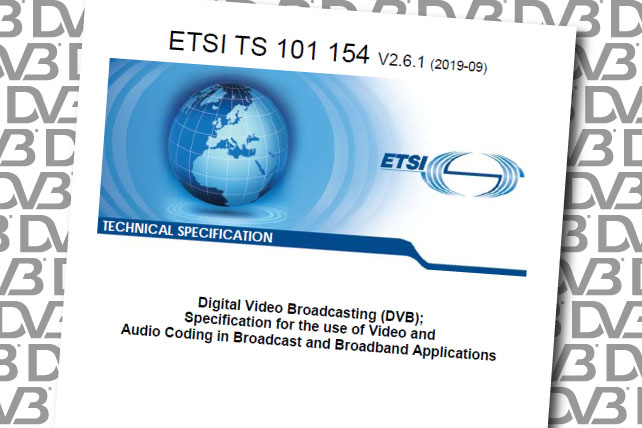
New version of DVB coding specs published by ETSI
ETSI has published TS 101 154 V2.6.1, a new version of the DVB specification for the use of video and audio coding in broadcast – satellite, cable and terrestrial – and broadband DVB-DASH delivery. The main change is the inclusion of solutions for HDR Dynamic Mapping.
HDR Dynamic Mapping allows a receiver, such as a TV set, to adapt a High Dynamic Range video signal to the characteristics of the display. This provides content creators and device manufacturers with a means of adapting video content so that it replicates as closely as possible the intended appearance, as produced in a reference viewing environment.
An article by Paul Szucs in the latest issue of DVB Scene magazine (see page 12) explains in more detail why and how HDR DM was added to the coding specifications.
The DVB Technical Module group that works on audio and video coding (TM-AVC) is proceeding with verification and validation activities to aid implementation of the new solutions.
